Just in time for Halloween, this installment of “Historic Tax Credits @ Work” puts the spotlight on a project that creates office space in a former chocolate factory. The Blumenthal Brothers Chocolate Factory in northeast Philadelphia made some of the country’s iconic sweets that were trick or treating staples in the early 20th century.
About the Blumenthal Brothers Chocolate Factory
This Philadelphia chocolate company began as an extract company in 1900 founded by three Blumenthal brothers in the Old City neighborhood in Philadelphia. Initially the family business specialized in manufacturing flavoring extracts for bottlers, distillers, bakers, and confectioners and soon expanded, in 1905, to add chocolate liquors and cocoa powder to its product line.
The successful company was quickly outgrowing its original location and moved to Margaret Street in northeast Philadelphia, an area with a mix of industrial properties and residential neighborhoods that offered convenient rail access and a steady supply of workers. In 1912, Blumenthal Brothers with architects Stearns & Castor built the first factory on the Margaret Street property and began to produce chocolate. Soon after, The company started to invest in new types of machinery, research, and development that constituted another expansion into finished chocolate treats for retail selling.
The Almond Snap, a pyramid shaped chocolate with almond center, was one of the first consumer products made by the company. By the 1920s consumer product line increased with the Moo-cow, Eat-it, Two for One, Chocolate Cigar, and Octagonal Bar. The Blumenthal Brothers products could be found in national chain retail stores such as Woolworth and Kresge along with in other states such as New York and Chicago where they had sales offices.
In 1922, the factory expanded its footprint with a new 3-story building. Designed by the Ballinger Company in the Art Deco-style, with reinforced concrete faced in red brick, white terra cotta accents and prominent centralized tower. The new building became a beacon of the company because of its frequent appearance in advertisements and product packaging.
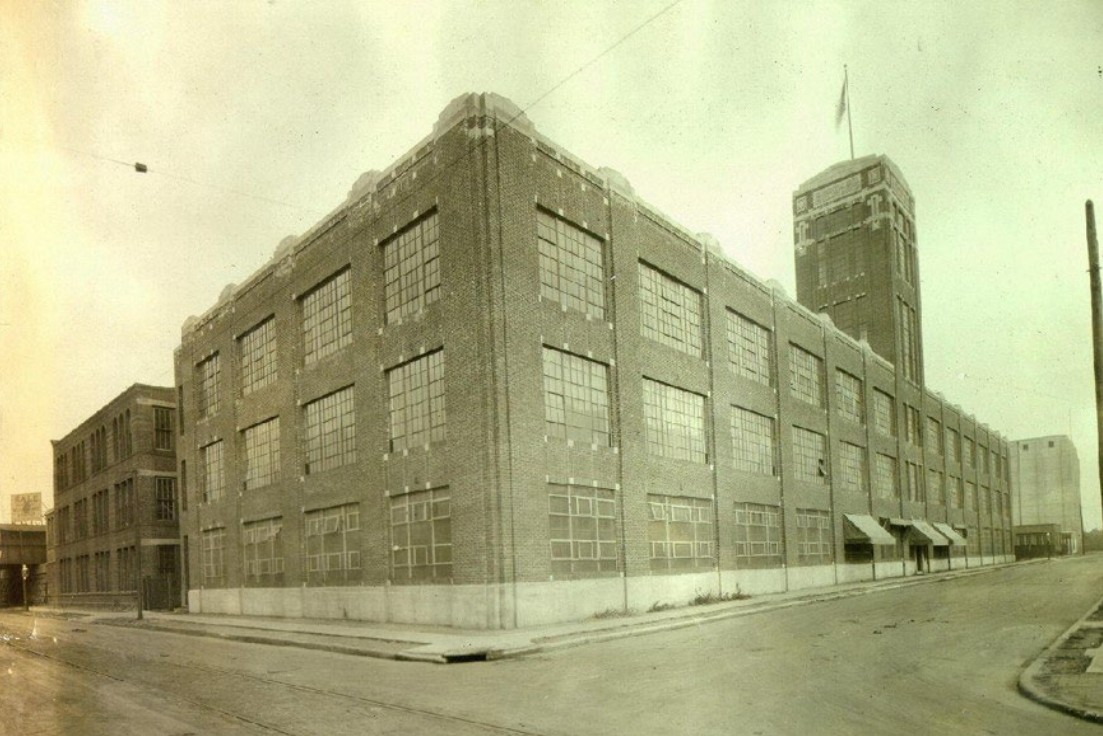
Historic photograph of 1922 factory along Margaret Street. The now-demolished 1912 building is visible at far left. Source: Blumenthal Brothers Chocolate Factory National Register Nomination, 2022.
The growing company would continue to expand with new partnerships like the one with Jacob Beresin, creating the famous Goobers, Raisinets, Sno-Caps, and Malties candy for movie theaters, and the Union Ice Cream Company for chocolate coating for Eskimo Pies.
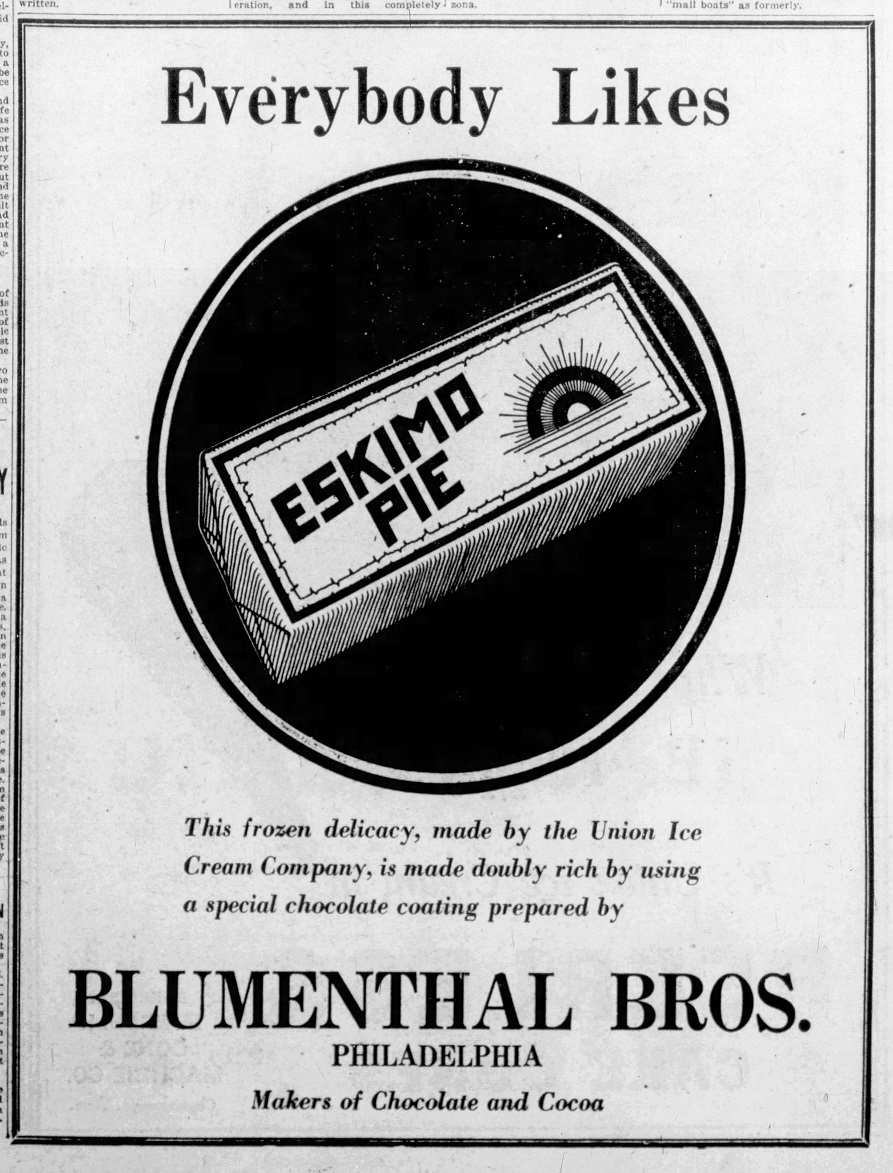
Period Eskimo Pie advertisement in Nashville newspaper. Source: Blumenthal Brothers Chocolate Factory National Register Nomination, 2022.
By 1950 Blumenthal Brothers reached a sales accumulation of over $10,000,000 and expanded to more cities across the country and other areas in Philadelphia. During the 1960s, however, the second generation in the family business started to lose interest in operating the chocolate company and sold it to Wards Foods and renamed Ward Candy Company. In 1981, the company was purchased by Terson Company and Nestle, that relocated operations to other cities. As a result, the Philadelphia chocolate factory decreased in production roles and filed for bankruptcy in 1984.
The former factory building was largely vacant in the late 20th and early 21st centuries, except for some minor community use. It was during this time that the original 1912 factory was demolished, leaving the 1922 building as a testament to this once popular chocolate producer.
Blumenthal Brothers Chocolate Factory (2022RE00512) was listed in the National Register of Historic Places on February 27, 2023, under Criteria A for the area of Industry as a manufacturer of numerous iconic, nationally available chocolate products during the early twentieth century with a Period of Significance between 1922-1981. Because of this listing, the proposed reuse project could take advantage of the federal and state Historic Rehabilitation Tax Credit programs as a vital component in the overall financing package.
Rehabilitation Project
Between 2022-2025, Chocolate Factory LLC got underway with a $19.6 million rehabilitation project of the vacant Blumenthal Brothers Chocolate Factory that focused exterior and interior work that balanced the property’s history and industrial character with accommodations for its new use.
Exterior work included:
- repointing and cleaning the existing brick, concrete, and terra cotta masonry,
- installing new windows to replace damage and unsalvageable units that match the size, appearance and operation of the original windows,
- reopening previously-infilled fenestration,
- introducing new main entrance within existing bays on the secondary (rear) facade
- installing new doors and new metal canopies,
- in-kind repair of the historic tower and existing roof,
- installation of new mechanical equipment on rooftop,
- retention and repair as needed of existing site features such as sidewalks, metal fencing, and parking lots, and
- mothballing the historic boiler house.
- Before rehabilitation. Photo by Kevin McMahon, Powers & Company, Inc., 2022.
- Before rehabilitation. Photo by Kevin McMahon, Powers & Company, Inc., 2022.
- Before rehabilitation. Photo by Kevin McMahon, Powers & Company, Inc., 2022.
- Before rehabilitation. Typical factory floor conditions. Photo by Kevin McMahon, Powers & Company, Inc., 2022.
- Before rehabilitation. Typical factory floor conditions. Photo by Kevin McMahon, Powers & Company, Inc., 2022.
Interior work included:
- repairing the existing and historic character-defining features like the exposed concrete floors and ceilings, masonry columns, and brick perimeter walls,
- creating of new interior lobby, meeting, and office space with new partitions,
- inserting new exposed MEP-fire suppression systems for new units,
- installing new finishes like carpeting and dropped ceilings in kitchens and baths where required
- retaining the original elevator shaft and installing new elevator equipment, and
- maintaining existing circulation patterns where possible.
- After rehabilitation. Photo by Kevin McMahon, Powers & Company, Inc., 2025.
- After rehabilitation, north elevation. Photo by Kevin McMahon, Powers & Company, Inc., 2025.
- Iconic tower is restored as part of rehabilitation. Photo by Kevin McMahon, Powers & Company, Inc., 2025.
- After rehabilitation. New office space on former factory floor. Photo by Kevin McMahon, Powers & Company, Inc., 2025.
- After rehabilitation. New office space on former factory floor. Photo by Kevin McMahon, Powers & Company, Inc., 2025.
- After rehabilitation. Original exposed masonry preserved in new use. Photo by Kevin McMahon, Powers & Company, Inc., 2025.
The proposed rehabilitation project went through successfully and the project received Part 3 certification from the National Park Service on October 24, 2025, as the completed work met the Secretary of the Interior’s Standards for Rehabilitation. The project has also received $200,000 for PA Historic Preservation Tax Credit allocation from DCED for FY 2022-2023.
After Rehabilitation
The historic Blumenthal Brothers Chocolate Factory has been renovated and is now being reused as offices for local businesses and community organizations.
The once thriving and ever-expanding former chocolate factory is again able to shine and move forward due to partnerships from the federal and state historic tax credit programs joining in with other historic buildings to retell the history of Pennsylvania and its communities. PA SHPO is thankful for all who supports and contributes to these successful project stories.
Comment Policy
PHMC welcomes and encourages topic-related comments on this blog. PHMC reserves the right to remove comments that in PHMC’s discretion do not follow participation guidelines.
Commenters and Comments shall be related to the blog post topic and respectful of others who use this site.
Commenters and Comments shall not: use language that is offensive, inflammatory or provocative (this includes, but is not limited to, using profanity, obscene, or vulgar comments); disparage other commenters or people; condone illegal activity; identify the location of known or suspected archeological sites; post personal information in comments such as addresses, phone numbers, e-mail addresses or other contact details, which may relate to you or other individuals; impersonate or falsely claim to represent a person or an organization; make any commercial endorsement or promotion of any product, service or publication.
If you would like to comment on other topics not related to this blog post but related to PHMC, please fill out the PHMC Contact Us Form.
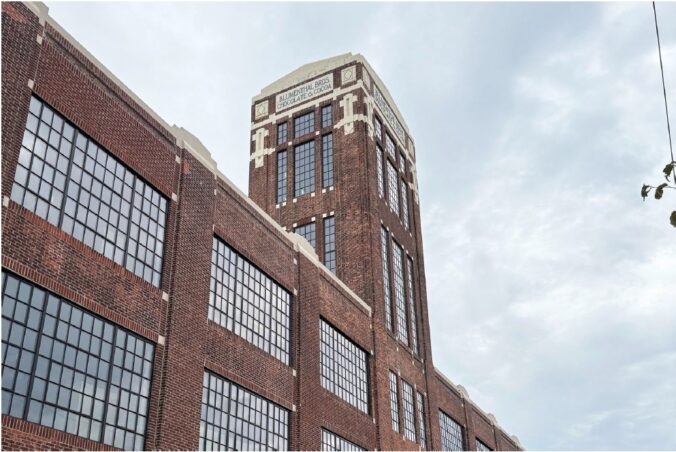
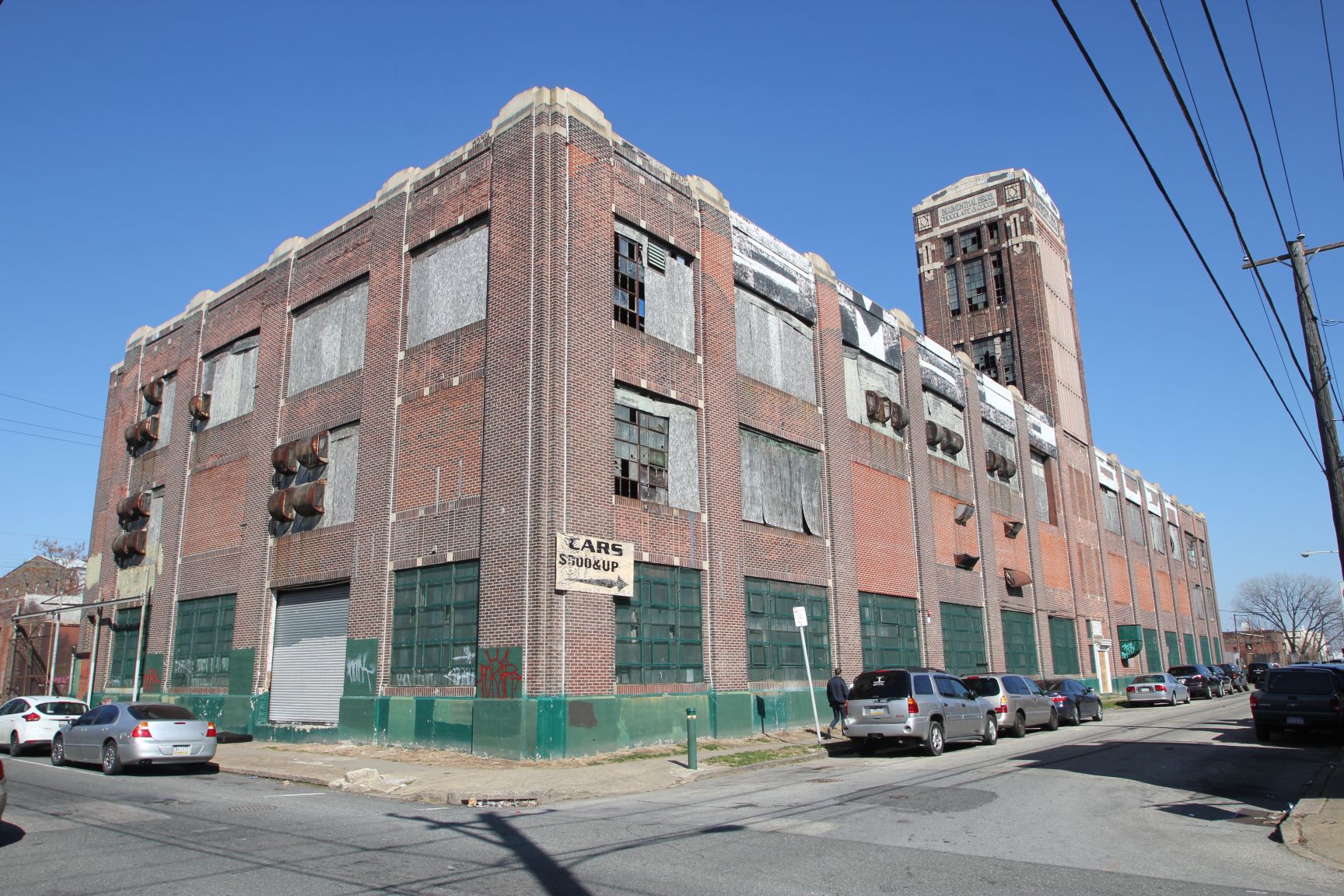
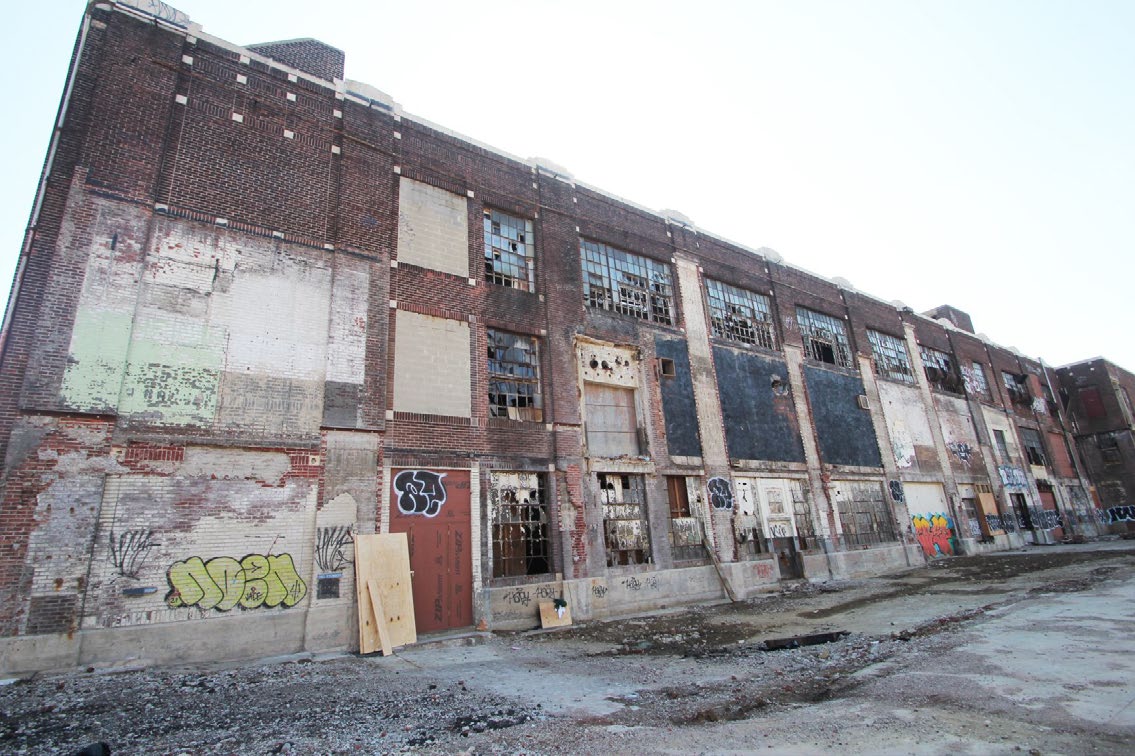

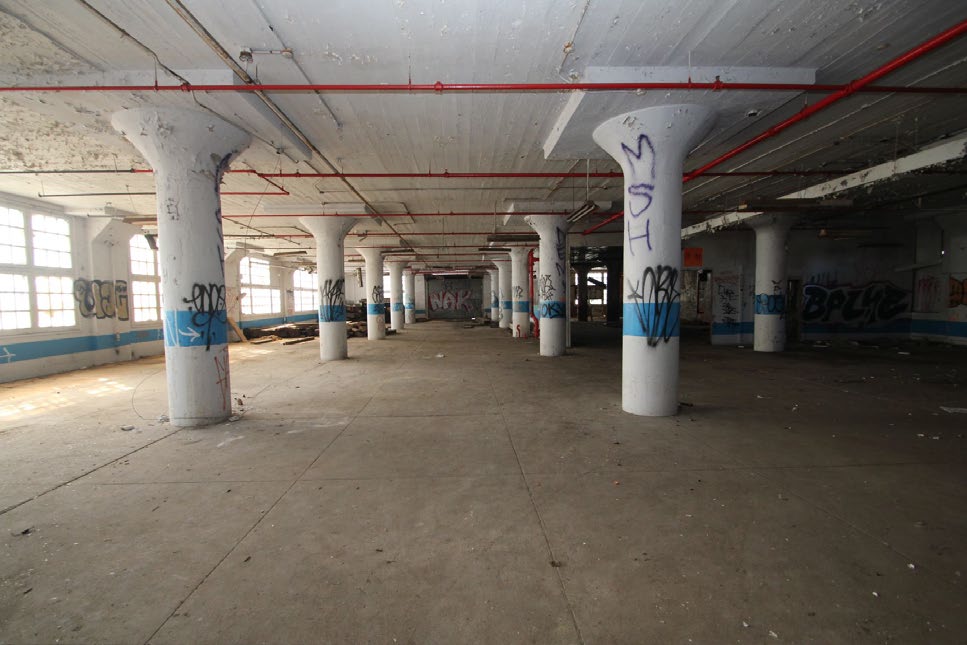
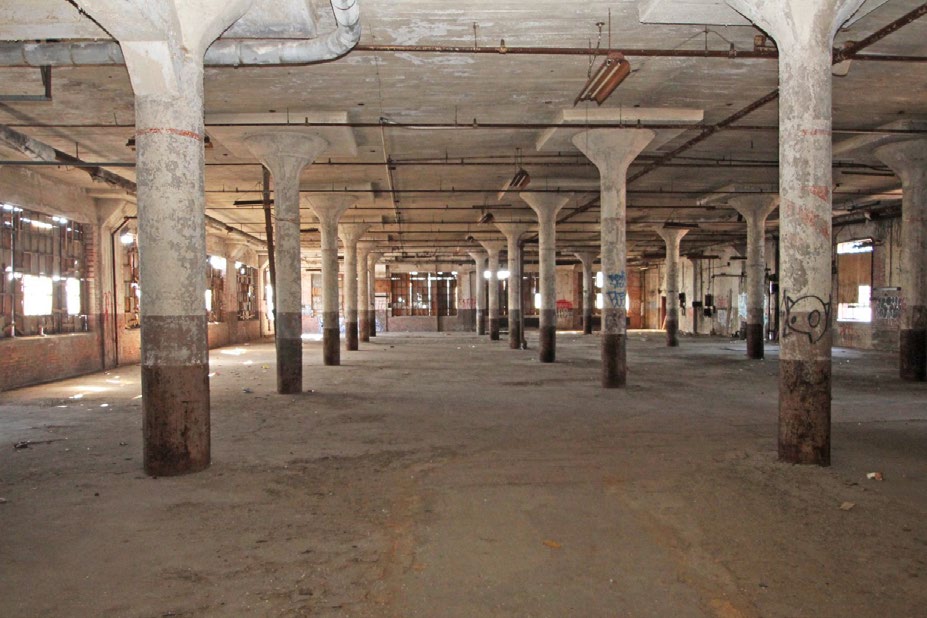
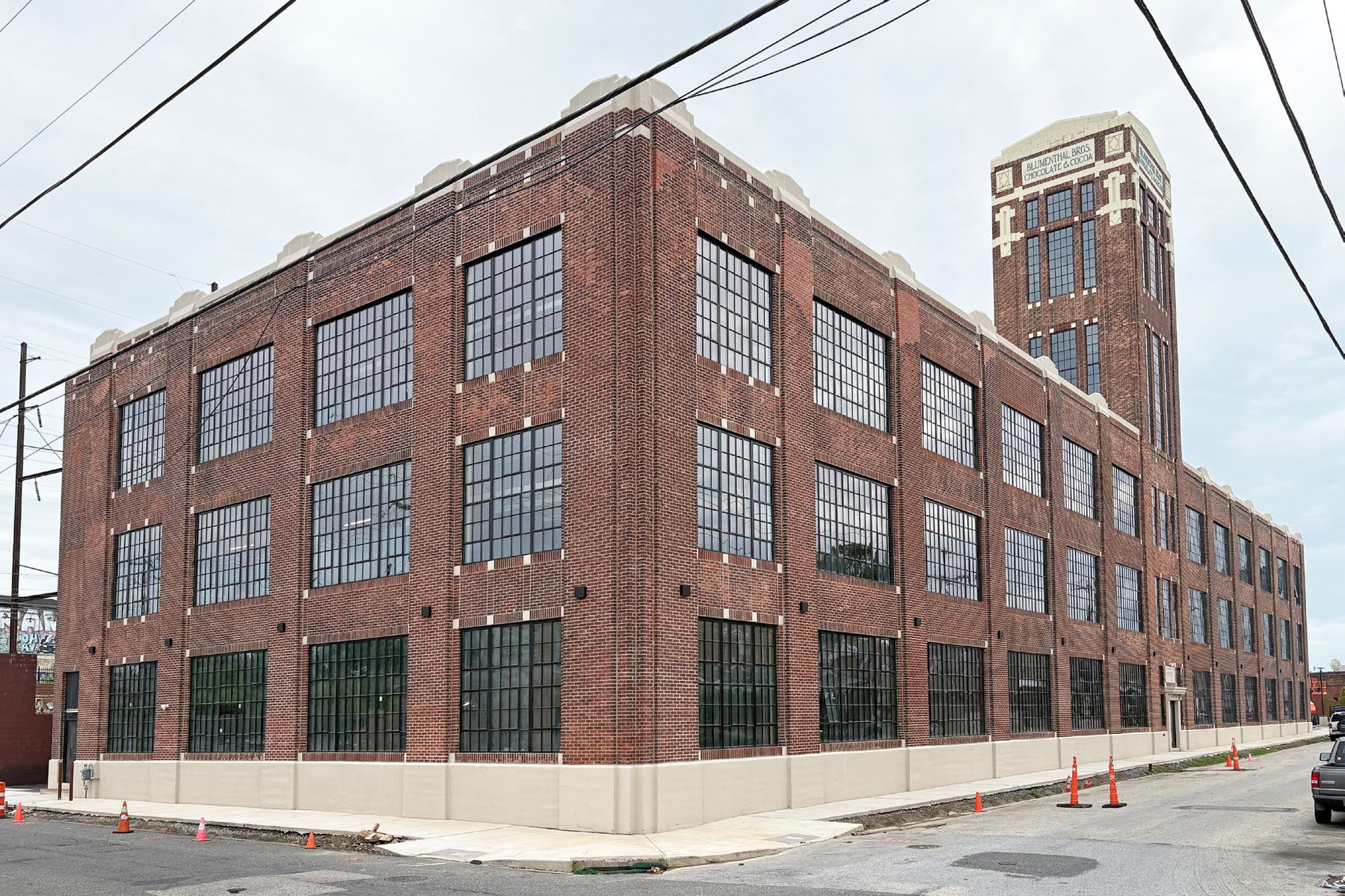

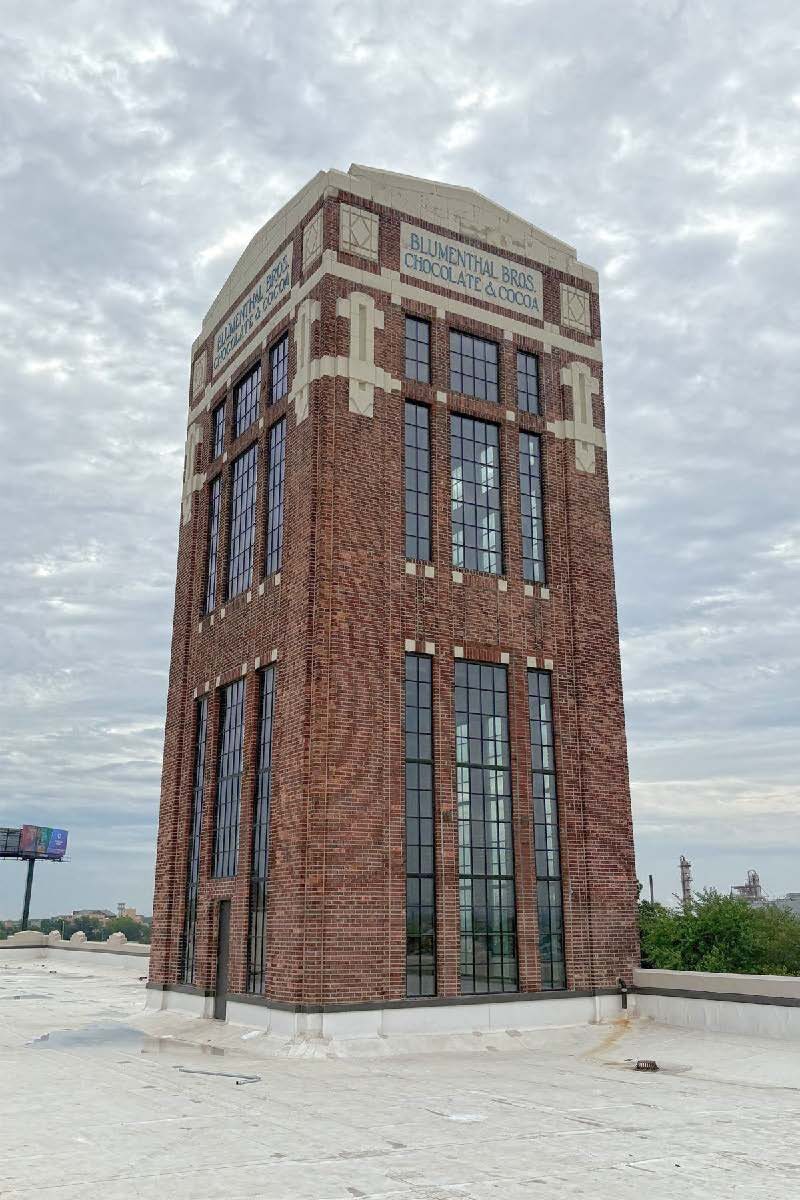
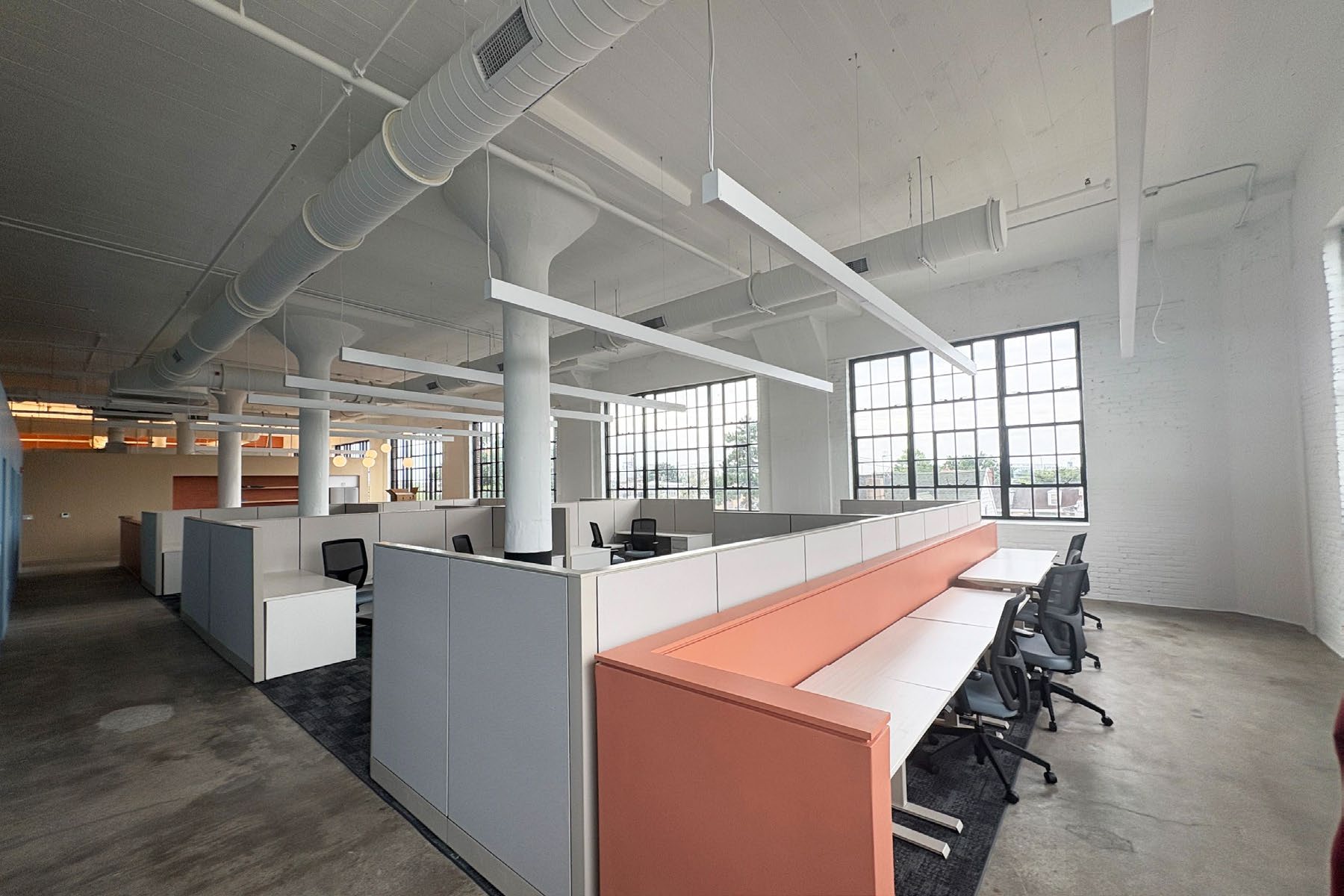
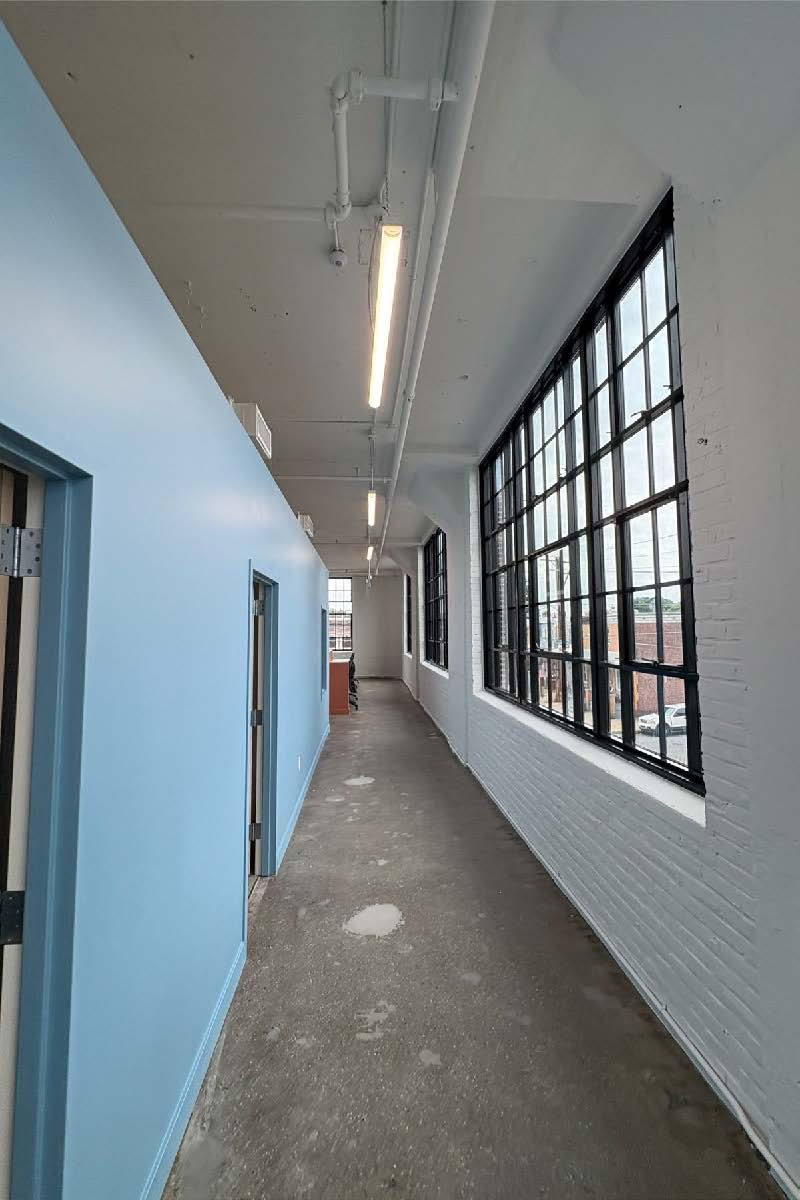
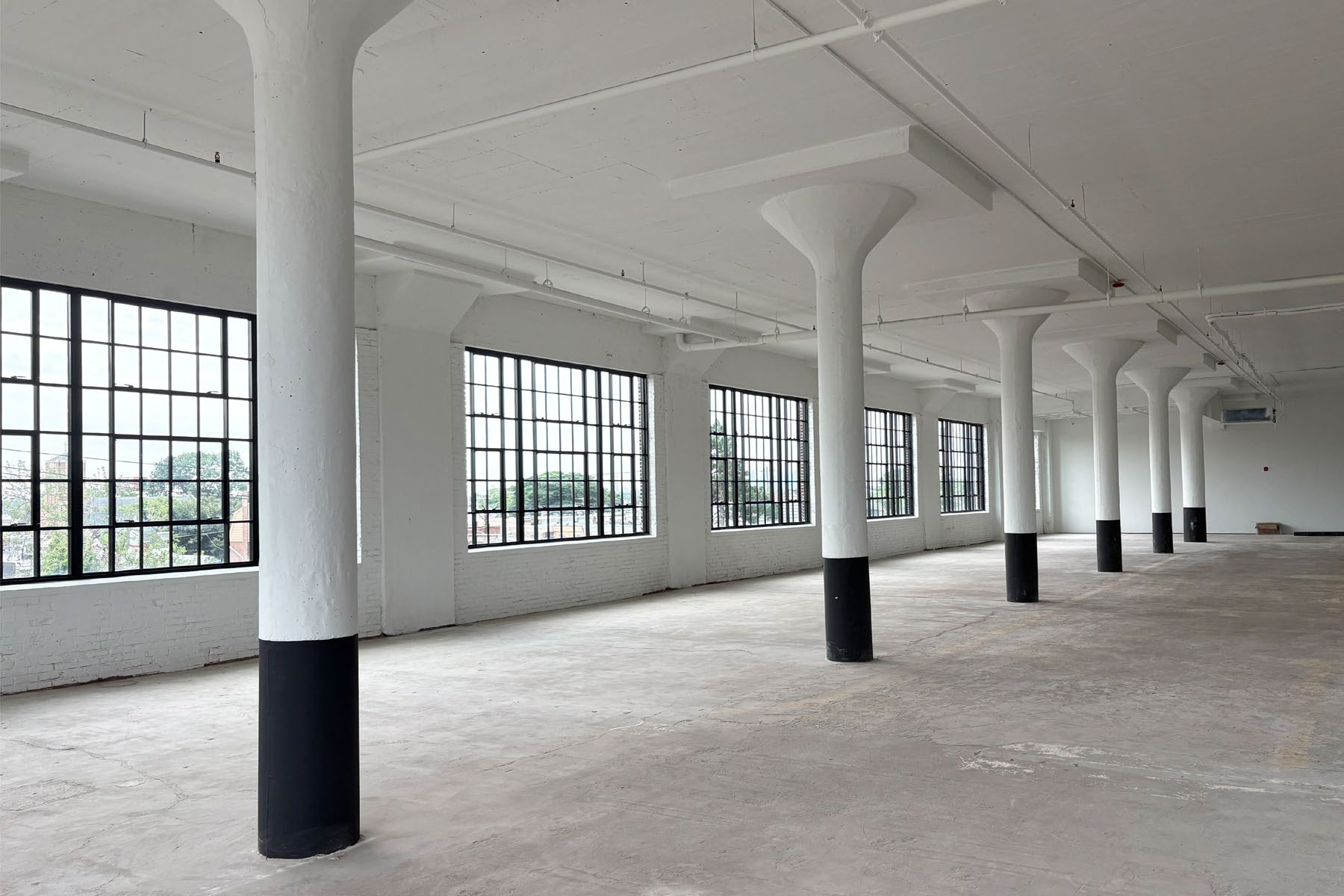
Leave a Reply